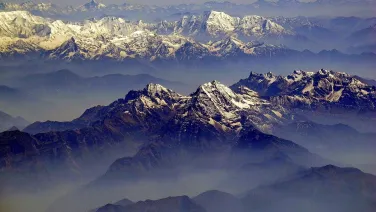
Experimental Petrology
Experimental Petrology uses a laboratory-based experimental approach combined with field observations to study the Earths' origin, evolution and mineral wealth.
Research area
Contact
About
The Experimental Petrology group uses a laboratory-based experimental approach combined with field observations to study the Earth, its origin, evolution and mineral wealth. The group operates a wide range of experimental devices for generating the high temperatures and pressures that are needed to reproduce the natural conditions within the Earth.
The equipment includes:
- High temperature furnaces capable of reaching 1800 ⁰C, equipped for precise control of oxygen and sulphur fugacities by gas mixing;
- Eleven solid-media piston-cylinder devices for generating pressures to 6 GPa and temperatures in excess of 2000 ⁰C;
- A multi-anvil apparatus for achieving pressures of 26 GPa;
- A well-equipped hydrothermal laboratory.
The group has access to and expertise in an array of microbeam analytical techniques, including:
- JEOL 8530F Plus electronprobe microanalyser (hosted in the Centre for Advanced Microscopy, CAM)
- Various scanning electron microscopes and a QEMScan (CAM)
- Laser-ablation ICP-MS for trace element and isotopic analysis;
- FTIR spectroscopy for the determination of H₂0, CO₂ and other volatile species in minerals and glasses;
- X-ray fluorescence microscopy and X-ray absorption spectroscopy at various synchrotron facilities
More information
Projects
Members
Leader
Researcher
Research Fellow
Research support officer
Student
PhD Candidate
PhD Candidate


































